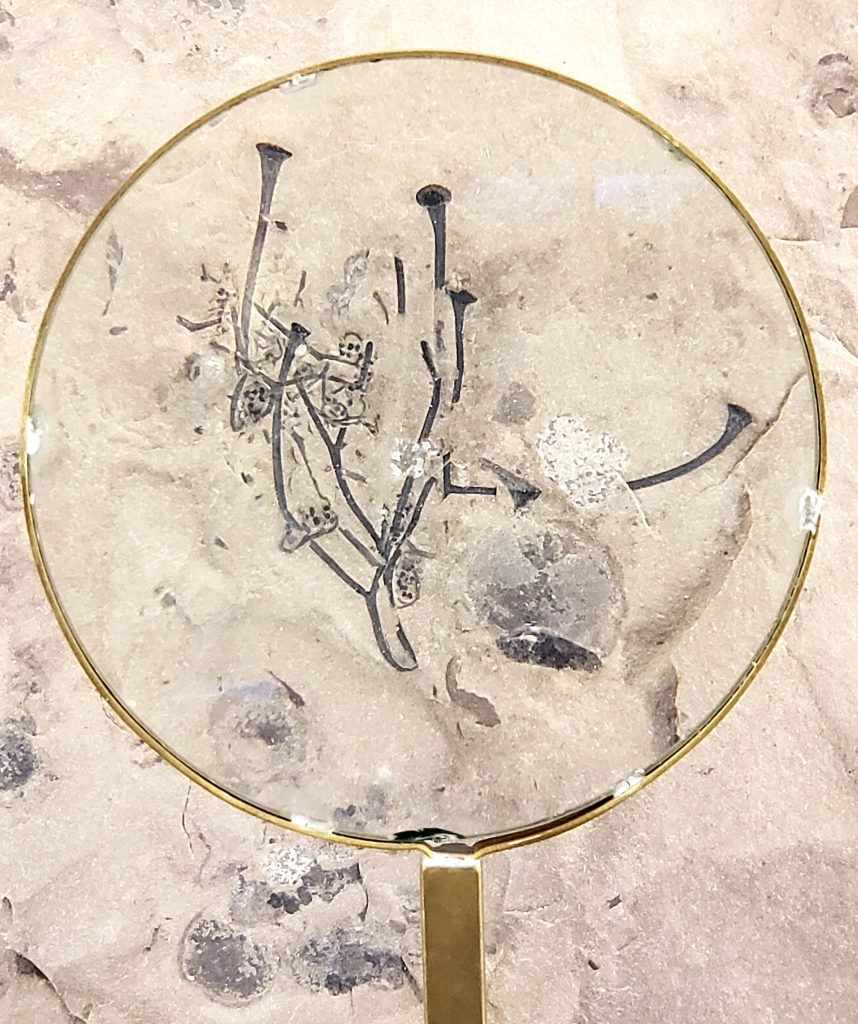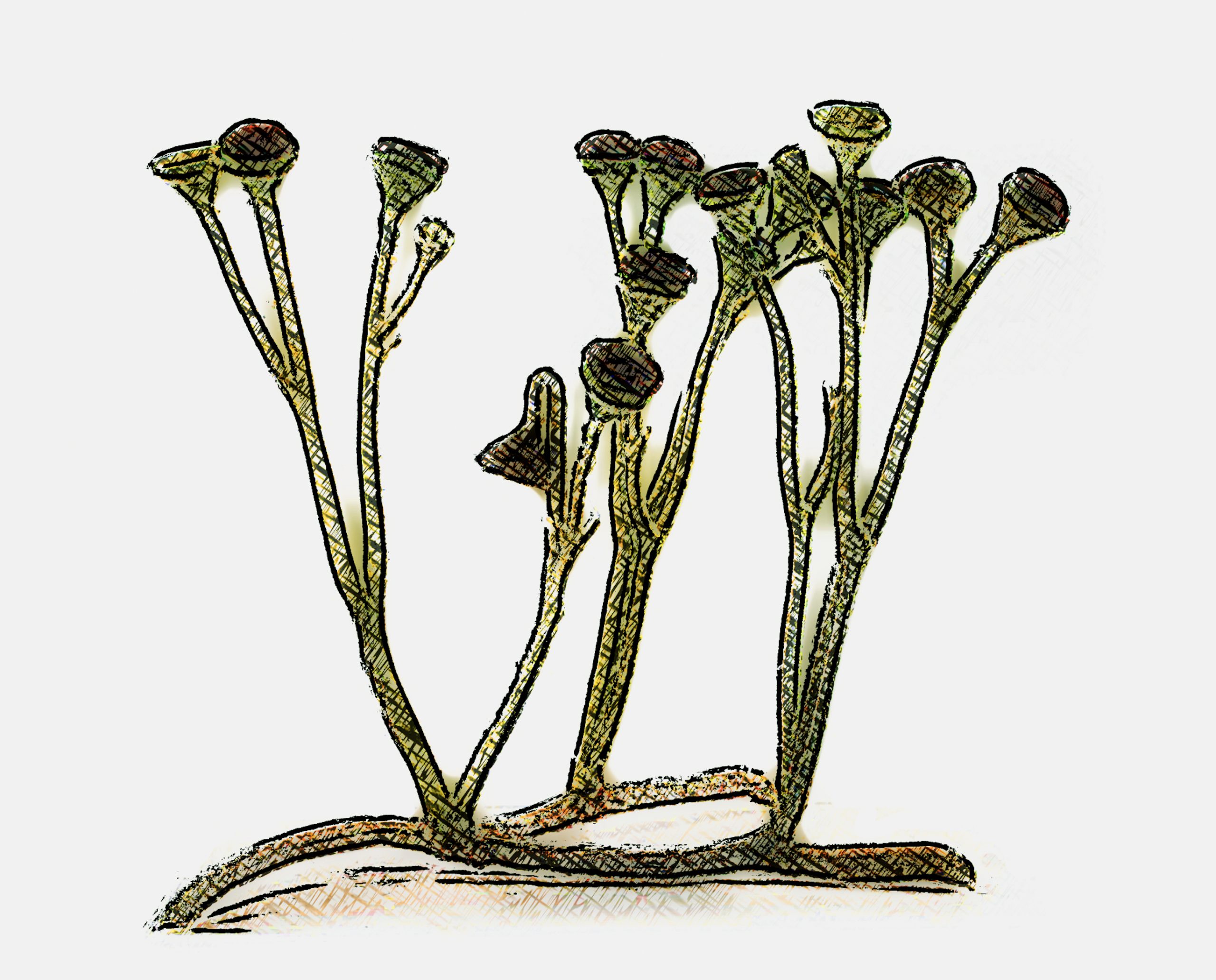During my recent exploration of the Royal Ontario Museum, I encountered a display containing the fossilized remains of Cooksonia, one of Earth’s earliest plant species. This primitive organism marks the moment in time when simple plants first began to emerge. It has been suggested that Cooksonia is the bridge that led to the evolution of vascular plants.
It was humbling to see evidence of such an ancient life form, and to think about its profound impact–how this tiny entity laid the groundwork for the vast array of plant diversity we have on Earth today. The experience sparked some real curiosity, and I looked further into the story of Cooksonia.

Cooksonia: The Dawn of Plant Evolution
Way back during the Silurian period, a simple plant made its debut on Earth’s terrain. Cooksonia stands among the earliest known vascular plants, and its emergence was a defining event in the evolutionary saga of land plants.
Tracing back to roughly 433 to 393 million years ago, during the Silurian to Early Devonian transition, Cooksonia was a humble presence. These plants were small, mere centimeters tall, with a straightforward structure lacking leaves, flowers, or roots. However, they boasted a distinctive trait: the first form of vascular tissue, an essential innovation for terrestrial existence.
A Modest Design with Significant Impact
Cooksonia’s design was simple: a stem branching into two, culminating in sporangia, the structures that bore spores. Some species displayed a dark line along their stems, believed to be early water-conducting tissue. This basic vascular system laid the groundwork for the intricate systems in contemporary plants, facilitating efficient water and nutrient transport.
Cooksonia fossils have been unearthed across the globe, predominantly hailing from Britain. Despite their simplistic nature, these plants were prolific and played a vital role in Earth’s primordial plant community.
Evolutionary Milestone
Cooksonia symbolizes a bridge between non-vascular bryophytes and the more evolved vascular plants. The development of vascular tissue in Cooksonia likely gave them an evolutionary advantage, enabling them to venture into new territories and set the stage for the diversity of plants that followed.
While Cooksonia may not seem impressive by modern standards, its genus occupies a monumental niche in Earth’s life history. As pioneers of the vascular system, they led the transformation of barren terrains into lush ecosystems, laying the groundwork for the diverse array of plant life we cherish today. Their legacy is a tribute to the enduring power of evolutionary ingenuity, even in the most unassuming forms.
Check out the Museum
There are so many things to see at the ROM. Apart from a vast fossil exhibit and an extensive exhibit on early Chinese architecture and sculpture, there is a stunning jewel and gemstone exhibit that is well worth the visit. FYI, the museum has free admission on the third Tuesday of every month.
